Hot-dipped galvanized nails by Herco
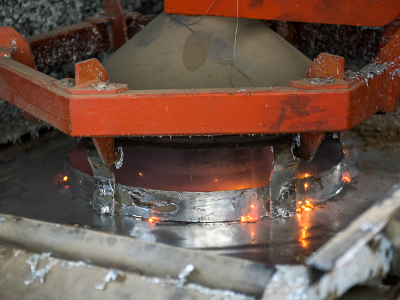 Galvanization adds a layer of zinc to the exterior of steel to enhance its corrosion resistance. Although several methods of galvanization exist, hot-dipping creates a metallurgical bond between the zinc and the steel substrate and so offers the best protection against corrosion.
Galvanization adds a layer of zinc to the exterior of steel to enhance its corrosion resistance. Although several methods of galvanization exist, hot-dipping creates a metallurgical bond between the zinc and the steel substrate and so offers the best protection against corrosion.
In Herco we first make the nails from high quality steel. If necessary the nails are being treaded.
Than they are moved to our pre-treatment line. The nails are being dipped into a series of cleaning chemicals. The first chemical is caustic degreasing bath that removes organic contaminants such as soap from the drawing process and dirt from the nails. The next chemical used is pickling acid, which removes leftover of the mill scale and oxides from the surface of nails. The last step before galvanizing is dipping the nails into a flux bath, which prevents oxidation of the metal prior to entering the galvanizing bath and also aids the galvanizing reaction in developing the hot-dip galvanized coating.
Pretreatment is essential – only perfectly clean nails will guarantee equal, damage resistant coating. After pretreatment the nails are lowered into a ceramic-lined furnace with molten zinc at a temperature of 560°C (1040°F) which means that our technology is called “high temperature hot-dip galvanizing (HT-HDG)”. The corrosion resistance offered by HT-HDG coatings is superior to conventional HDG coatings. This is attributed to the fact that Fe-Zn intermetallics are more corrosion-resistant than pure zinc. Also, in the event of some portions of the base steel being exposed, the sacrificial behavior of Fe-Zn intermetallies will result in less vigorous corrosion because they are closer to Fe in the galvanic series than pure zinc. The HT-HDG coatings were found to be harder than conventional HDG coatings. As a result, the coatings on HT-HDG can be expected to be more wear resistant than on conventional HDG. Our nails have an equal layer of zinc: 65 microns +/- 5 microns. On request we can make thicker layer of zinc coating.
We have very well equipped laboratory and we’re testing the parameters of wire rod and all nails on the regular bases.
We hot-dip galvanise our nails in our own, fully automated production plant, causing a minimum of emissions to the natural environment.
We strictly follow environmental legislation and the regulations issued by the authorities (very strict EU norms) and we keep a watch on any further developments in this field.
What is VERY important: Our HDG coatings are lead free. We are monitoring the emissions and the amount of waste. We report the results to the environmental authorities on a regular basis.
Our environmental efforts are based on the principle of continuing improvement.
The thicker the zinc coating the longer the lifetime. On average, the zinc coating will diminish yearly by 1 μm in cities and light industrial areas with a degree of coastal influence.
Hot-dip fasteners have a coating bond strength in the range of 3600 psi (24.82 MPa). The coating is extremely difficult to damage. Painted and zincplated (electrogalvanized) coatings have a typical bond strength of only a few hundred PSI and are easily scratched and removed.
Hot-dip galvanising of the common nail is suitable for a number of applications, for example external siding or making of roof trusses. It is very good and safe option, when you need a long lasting and durable connection.
As a general rule, the thicker the zinc coating, the longer the corrosion protection afforded. Hot-dip galvanized fasteners will last longer than either mechanically galvanized or electroplated products. In addition to providing longer corrosion protection, hot-dip galvanized coatings have a more uniform and slightly thicker zinc layer on edges and corners. Hot-dip galvanized coatings are also tougher and more durable than other zinc coatings. Hot dip galvanized coatings have a self-healing mechanism in it. The zinc coating sacrifices itself slowly by galvanic action to protect the base steel. This sacrificial action continues as long as any zinc remains in the immediate area.
In essence, not all zinc coatings are the same. Nails made from hot dip galvanized wire are not the same as nails which are hot dip galvanized.
Make sure the coating you specify is suitable for the environment in which the fastener will be placed. Replacing an electroplated fastener just a few years after installation may mean spending much more money than using a better quality hot dip galvanized product in the first place.






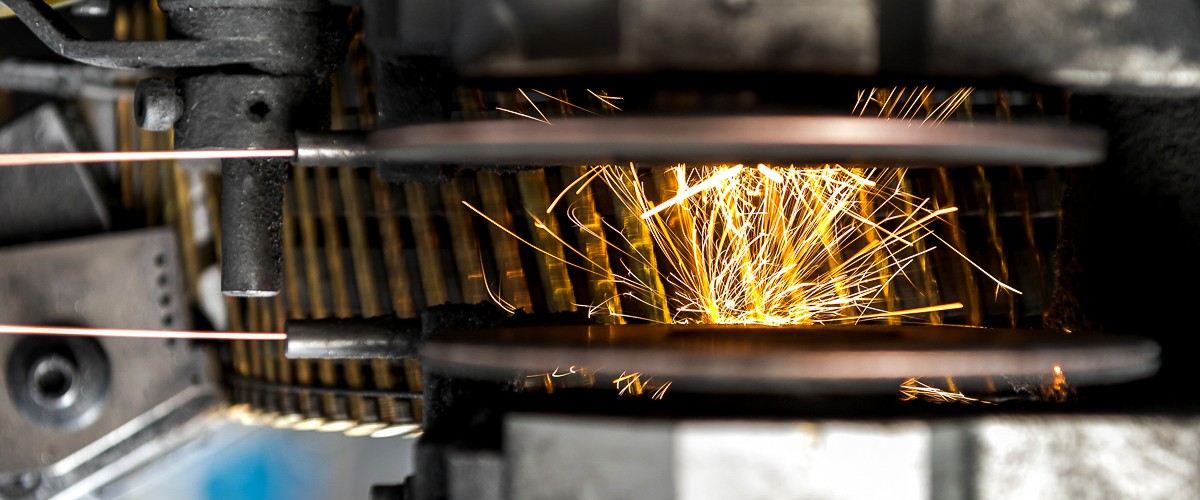
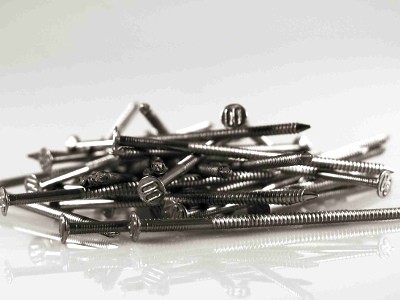
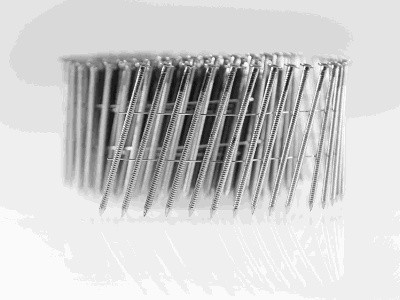
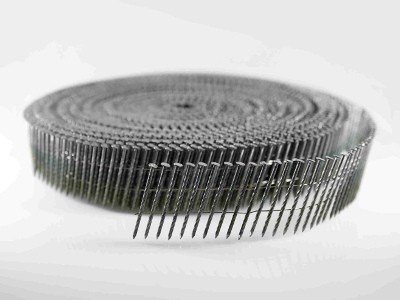
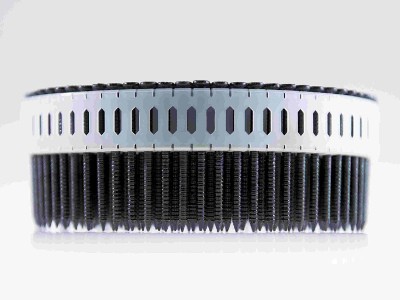
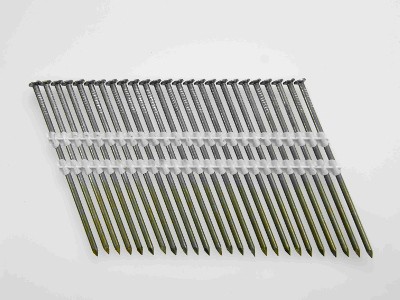


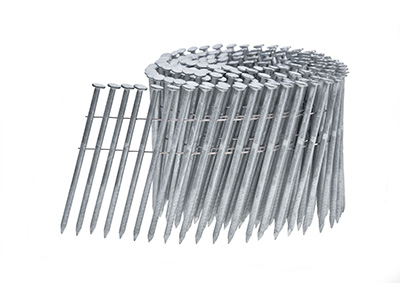

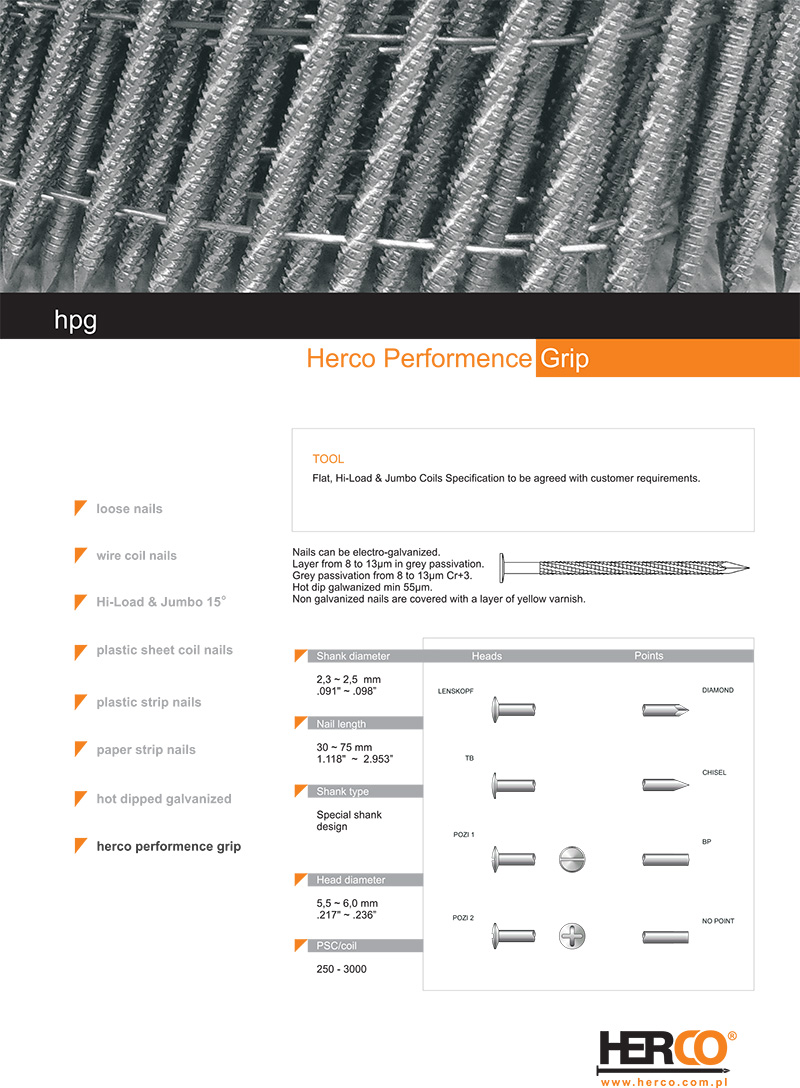

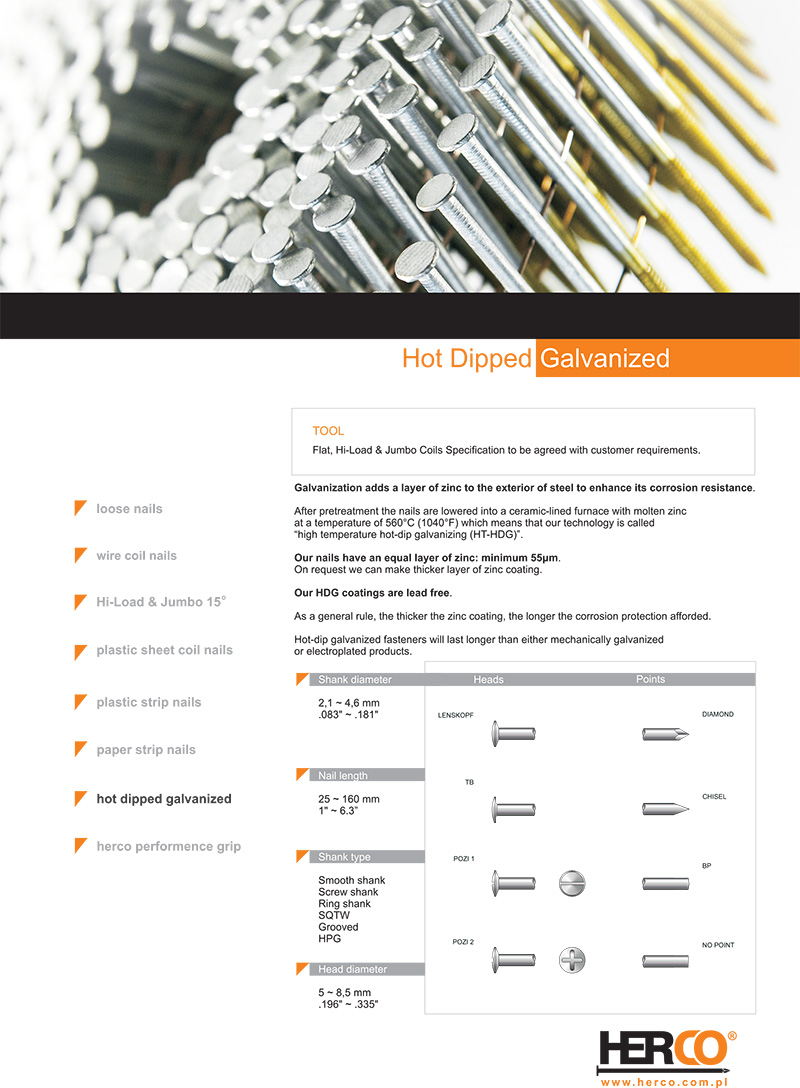
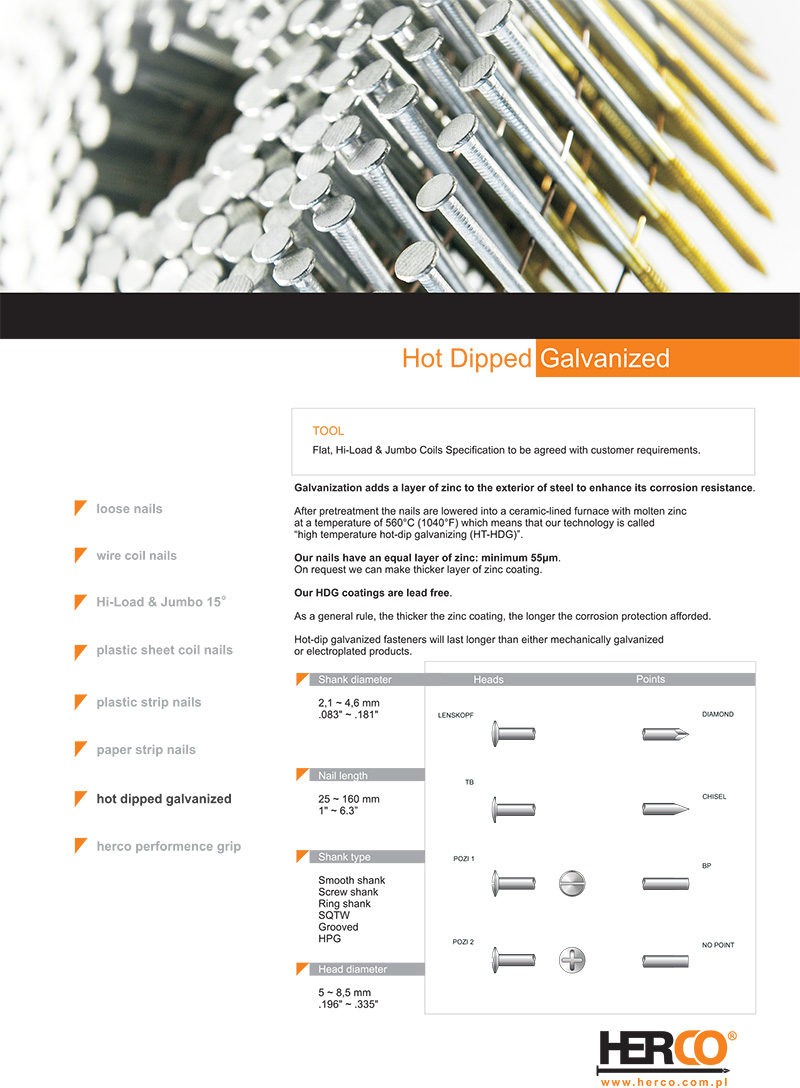
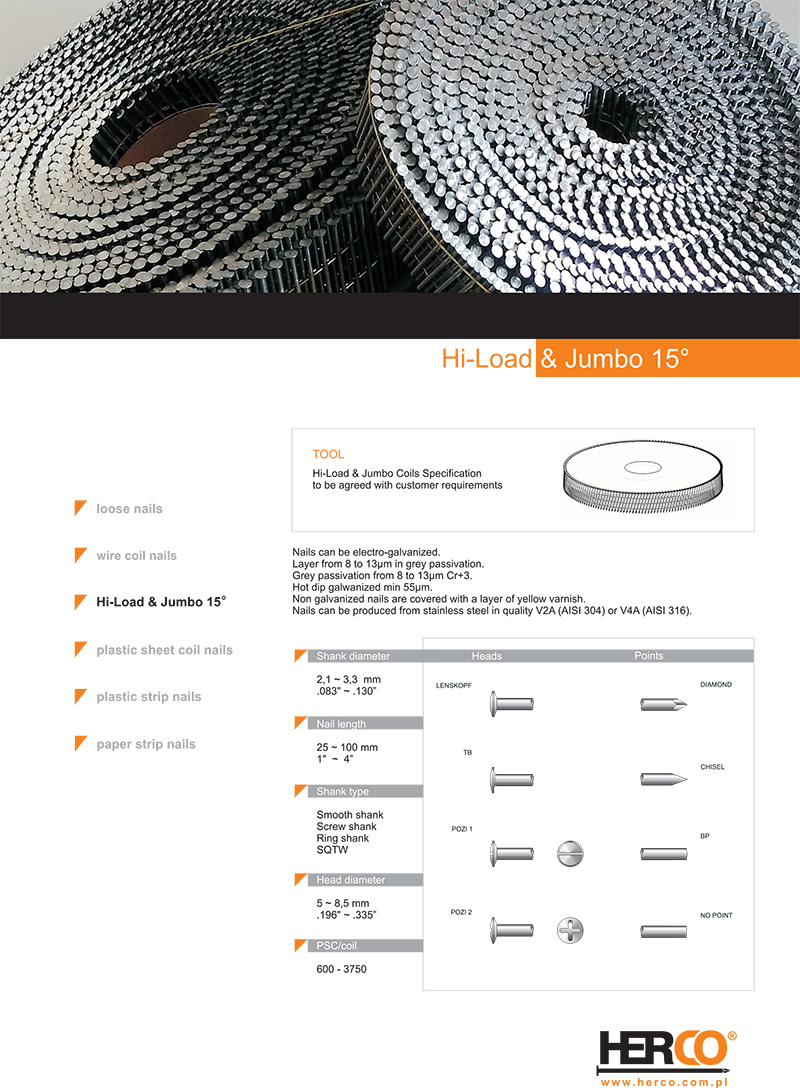



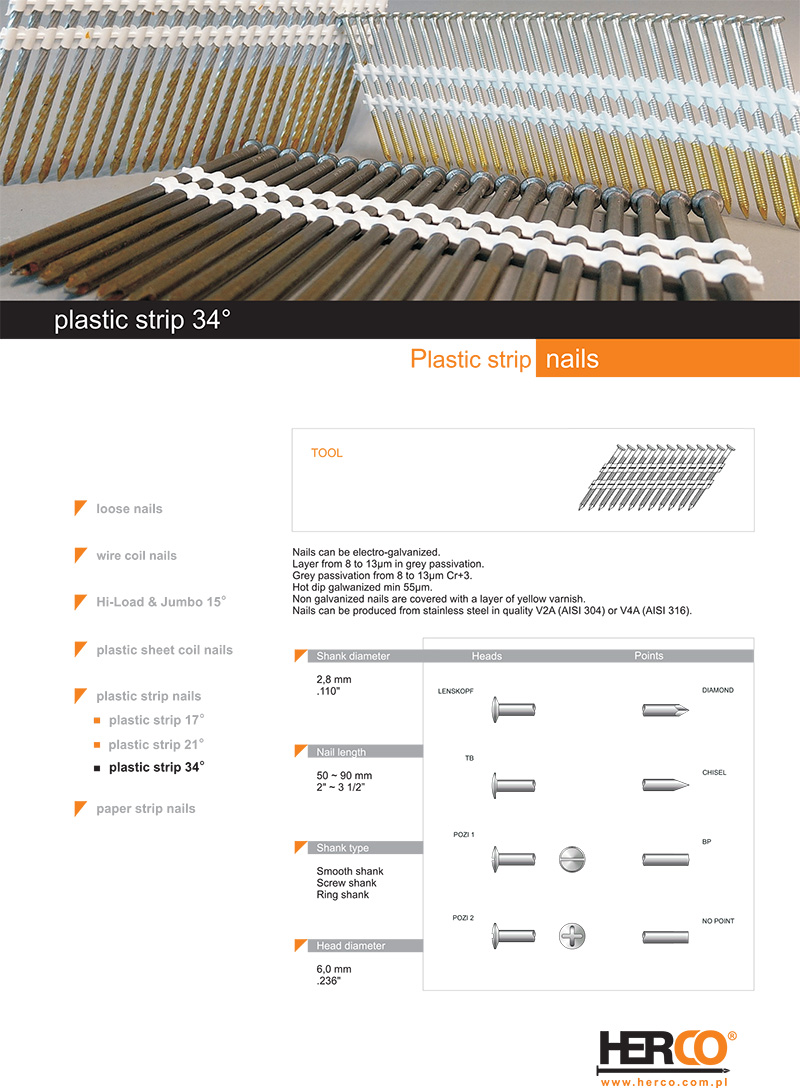
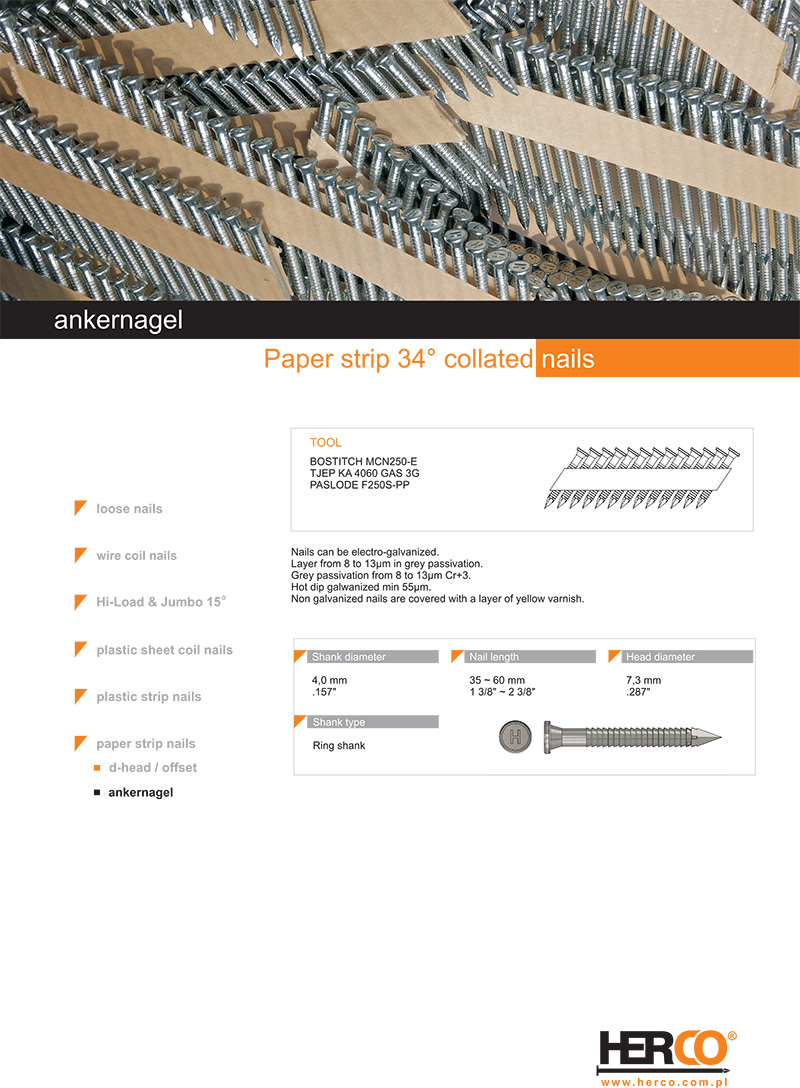

 Galvanization adds a layer of zinc to the exterior of steel to enhance its corrosion resistance. Although several methods of galvanization exist, hot-dipping creates a metallurgical bond between the zinc and the steel substrate and so offers the best protection against corrosion.
Galvanization adds a layer of zinc to the exterior of steel to enhance its corrosion resistance. Although several methods of galvanization exist, hot-dipping creates a metallurgical bond between the zinc and the steel substrate and so offers the best protection against corrosion.